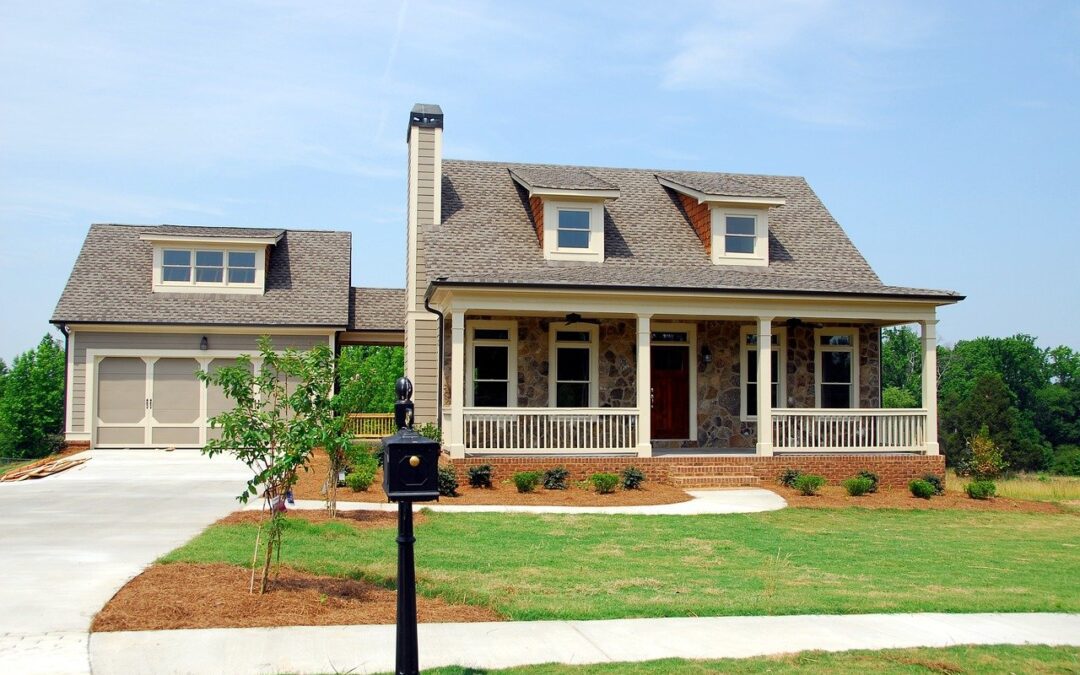This past year has been a hot one in the real estate market for many areas of upstate New York. One of the hottest of those markets has been in Saratoga County, where Flatley Read is headquartered. In the weekly real estate transfer listings that are published in the regional newspaper, Saratoga often leads the pack in terms of having the most expensive sale transaction(s). This is probably a function of the combination of wealthy investors buying properties in Saratoga Springs for use during the track season, as well as pressure from the influx of tech employees working at the Global Foundries plant and other similar tech firms in Malta. New subdivisions are going up everywhere, and in some communities, such as around Saratoga Lake, old homes are being demolished to make way for new, high-end construction. If a house sells for more than a million dollars, you can safely bet that it is located in one of these communities surrounding Saratoga Springs.
The local communities, if they think about the issue at all, welcome this new high-end development due to its impact on the tax base. But it is really in the best interest of local communities to focus on attracting high-cost housing? There are downsides to this kind of development, most notably that workers in retail, food service, patient care, and similar jobs can not afford to live in such an environment. It is now a given that most homes on the market in the county are priced at or above $300,000, and if a homebuyer can’t afford that price, they are being forced out of the county to find a home to purchase. But that means that the home buyer needs to figure in the cost of commuting much farther into their household budget. That cost includes gasoline, of course, but also additional oil changes, tire replacement, wear and tear on the car, and perhaps even higher insurance costs. If the distance is very great, the increased commutation costs could outstrip the cost savings of moving into the next county or beyond, so homebuyers have to calculate very carefully.
Now, this challenge is not limited to Saratoga County. We see it in many upstate communities where there is a robust second home market. Some years back, hotel owners in one of the popular Adirondack lake communities were raising concerns about the difficulty in finding housekeeping staff. Their maids were routinely driving 45 minutes or more through the mountains of northern New York to reach their jobs at the hotels, often in unreliable vehicles on snowy roads. Absenteeism was a huge problem for these housekeepers. The lack of affordable rentals was a crisis for the employers, and that outcome is very similar for renters and the homebuying public in and around Saratoga. The Covid 19 pandemic has recently created staffing shortages everywhere, plus many affiliated conversations about paying living wages. In communities that already had a problem, the pandemic has made matters much, much worse.
If communities want to make sure that they do not fall victim to the Saratoga Effect, they must make a commitment to having a range of housing values, from affordable rentals for minimum wage workers to modest starter homes, as well as mid-range family homes. If all the housing is very expensive, then the majority of the workforce will be excluded from the community, or families will be forced to make lifestyle decisions that may not be in the best interest of the family for the long term. As an example, in the 1970s, the average home price across the country was low enough that home was affordable for a single-income household. With new home prices in places like Saratoga County currently starting in the $400,000’s, it is nearly impossible to afford a mortgage without both adults in the home being employed full time in the workforce. That will have impacts on the family (needing after-school care, challenges with scheduling of medical appointments, limiting leadership in PTA, scouts, and other activities), their budget (needing an additional vehicle, gas, lunches out, clothing), and community services (no volunteers available for fire and EMT services in rural communities, nearly total reliance on the community elders for volunteer support for social services).
It is no surprise that home builders are happy to concentrate their work on high-end homes. There is a lot of profit in building houses that contain expensive features and lots of amenities. And many zoning codes inadvertently promote this kind of housing with minimum lot size requirements. It doesn’t make economic sense to build a modest starter home on a very large parcel of land. We do need to start looking at creative land-use rules that can support well-built but modest homes that are suitable for first-time homebuyers. We also need to think of new ways to create affordable rentals for the very workers that our small businesses rely upon. Perhaps using the air space above shopping centers will be an effective way of developing this kind of much-needed housing. And maybe zoning officers need to think about requiring more of the folks that want to build the very large homes. For instance, it is statistically impossible for a homemaker to care for a house of over 3,000 square feet without outside assistance. If that is the case, why not require anyone building a house exceeding that threshold to provide a staff living unit on-site? That way, if the home is creating a need for additional worker(s) in the community, it is also helping to solve the imbalance in the market for affordable rentals.
What other ideas do you have for resolving this challenge?
The Curmudgeon
